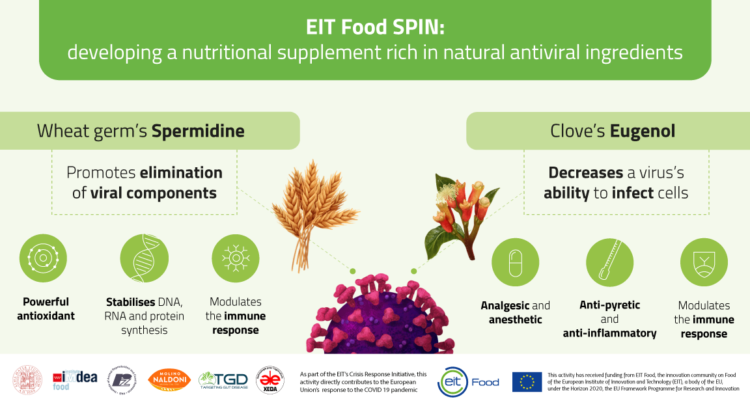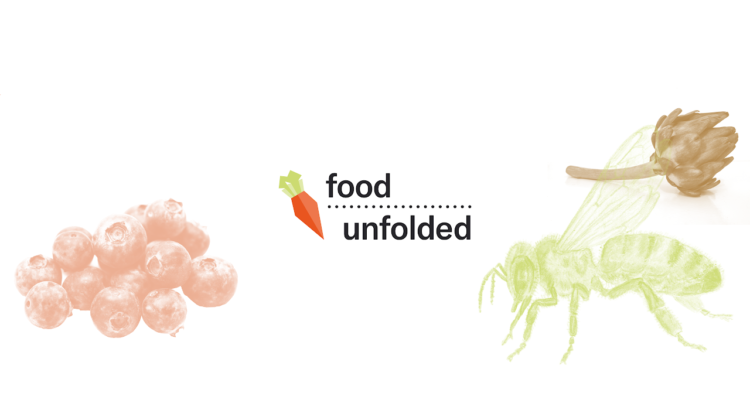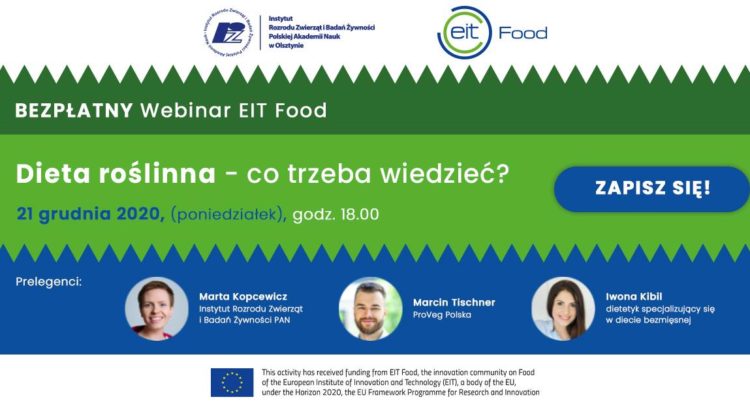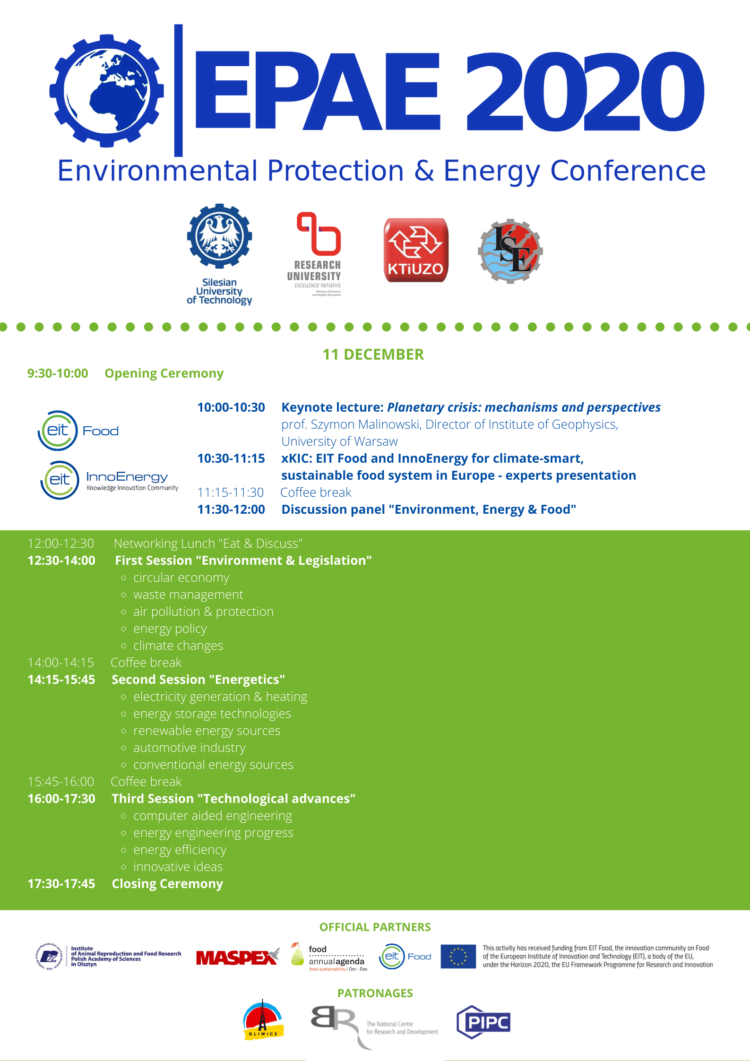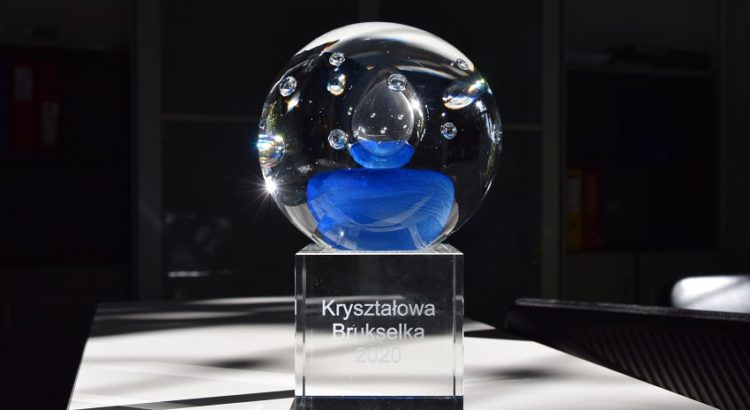IRZBŻ PAN w Olsztynie (https://pan.olsztyn.pl) jest jednym z czołowych polskich instytutów badawczych kategorii A, który prowadzi interdyscyplinarne badania w dziedzinie nauk rolniczych i biologicznych, zarówno o charakterze podstawowym, jak i stosowanym. Instytut posiada najnowocześniejszą infrastrukturę naukowo-badawczą i ma doskonałe zaplecze administracyjne. Laboratoriach skupiające infrastrukturę naukowo-badawczą wykorzystują szerokie spektrum analiz i metod badawczych (więcej).
W związku z realizacją projektu „Welcoming ERAChair holder to the Centre of excellence in nutrigenomics to optimize health and well-being” (H2020-WIDESPREAD-2018-2020-6) poszukujemy kandydatek/kandydatów na stanowisko:
-
specjalista ds. dobrej praktyki laboratoryjnej oraz zarządzania danymi badawczymi.
Główne zadania:
- opracowanie i wdrożenie instytucjonalnej polityki dobrych praktyk laboratoryjnych;
- opracowanie i wdrożenie instytucjonalnej polityki zarządzania danymi badawczymi;
- nadzorowanie i koordynacja pracy zespołu laboratoriów w celu zapewnienia jakości;
- prowadzenie szkoleń wewnętrznych dotyczących instytucjonalnej polityki dobrych praktyk laboratoryjnych oraz zarządzania danymi badawczymi;
- prowadzenie audytów/inspekcji wewnętrznych;
- rozpowszechnianie wiedzy na temat DPL ora ZDB wśród zewnętrznych interesariuszy.
Wymagania stawiane kandydatowi:
- wykształcenie wyższe zdobyte na kierunku biologia, biotechnologia, chemia lub pokrewnym;
- znajomość zagadnień i procedur związanych z dobrą praktyką laboratoryjną oraz zarządzaniem danymi badawczymi;
- znajomości języka angielskiego w stopniu komunikatywnym (B1/B2);
- umiejętność posługiwania się dokumentacją techniczną;
- umiejętność standaryzowania procesów i pracy;
- umiejętność konstruowania, wdrażania i nadzoru nad realizowanymi procedurami utrzymania jakości;
- umiejętność opracowywania i sprawdzania dokumentacji jakościowej (m.in. instrukcji, specyfikacji procedur, analiz ryzyka, protokołów, raportów).
Wymagania dodatkowe, mile widziane:
- doświadczenia w pracy na podobnym stanowisku;
- praktyczna znajomość zagadnień związanych z pracą laboratoryjną;
- uprawnienia audytora wewnętrznego.
Oczekiwania:
- zorientowanie na cel;
- umiejętność pracy w zespole;
- komunikatywność i otwartość;
- samodzielność w zdobywaniu wiedzy i zdolność do dzielenia się nią;
- umiejętność rozwiązywania problemów / nastawienie na innowacyjność;
- umiejętność podejmowania decyzji.
Oferujemy:
- zatrudnienie w oparciu o umowę o pracę;
- wynagrodzenie uzależnione od doświadczenia i posiadanych umiejętności, stosownie do zajmowanego stanowiska;
- możliwość rozwoju zawodowego i podnoszenia kwalifikacji;
- stabilne środowisko pracy;
- pakiet świadczeń dodatkowych.
Wymagane dokumenty:
Jak wygląda proces rekrutacji:
- wysłanie wymaganych dokumentów, rozmowa kwalifikacyjna, decyzja o zatrudnieniu;
- rozmowy kwalifikacyjne odbędą się w języku polskim i angielskim.
Aplikacje prosimy przesyłać drogą elektroniczną do dnia 31 stycznia 2021 r. na adres: j.papurzynska@pan.olsztyn.pl
W CV prosimy o umieszczenie klauzuli zgody na przetwarzanie przez nas danych osobowych w procesie rekrutacji:
„Wyrażam zgodę na przetwarzanie moich danych osobowych zawartych w dokumentach aplikacyjnych przez Instytut Rozrodu Zwierząt i Badań Żywności PAN w Olsztynie z siedzibą 10-748 Olsztyn ul. Tuwima 10, w celu realizacji procesu rekrutacji (zgodnie z art. 6 ust. 1 lit. a Rozporządzenia Parlamentu Europejskiego i Rady (UE) 2016/679 z dnia 27 kwietnia 2016 r. w sprawie ochrony osób fizycznych w związku z przetwarzaniem danych osobowych i w sprawie swobodnego przepływu takich danych oraz uchylenia dyrektywy 95/46/WE)”.
Informujemy, że:
- Administratorem Pani/Pana danych osobowych jest Instytut Rozrodu Zwierząt i Badań Żywności PAN w Olsztynie z siedzibą 10-748 Olsztyn ul. Tuwima 10. Z administratorem można się skontaktować drogą elektroniczną na adres e-mail: instytut@pan.olsztyn.pl lub pisemnie na adres siedziby administratora.
- Pani/Pana dane osobowe przetwarzane będą w celu realizacji obecnego procesu rekrutacji i przechowywane do czasu jej zakończenia.
- Przysługuje Pani/Panu prawo dostępu do treści danych oraz ich sprostowania, usunięcia lub ograniczenia przetwarzania, a także prawo sprzeciwu, zażądania zaprzestania przetwarzania i przenoszenia danych, jak również prawo do cofnięcia zgody w dowolnym momencie oraz prawo do wniesienia skargi do organu nadzorczego, tj. Prezesa Urzędu Ochrony Danych Osobowych.
- Dane udostępnione przez Panią/Pana nie będą podlegały profilowaniu ani udostępnieniu podmiotom czy państwom trzecim. Odbiorcami danych mogą być instytucje upoważnione z mocy prawa.
- Podanie przez Pana/Panią danych osobowych jest dobrowolne.
Czytaj więcej



